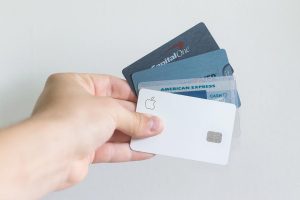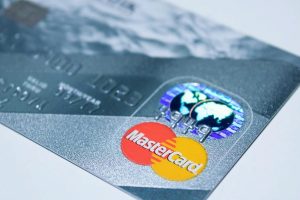Piggybacking Authorized User is Legal and Useful for Some
A piggybacking authorized user is any person who can use another person’s or company credit line without being legally liable. The Federal Reserve’s Regulation “B” of 1975 implementing the 1974 Equal Credit Opportunity Act actually required that the reporting “benefit or burden” of spousal Authorized users be considered by lenders. Lenders had generally furnished all information without distinguishing between spouses. The information must be reported in a manner that reflects the participation of both spouses. Since the models can’t distinguish all spouses received similar treatment.
No one anticipated at that time that the definition of what is or is not a spouse would undergo seismic changes 3 decades later. Adding an unrelated piggybacking authorized user to a credit card is legal. Why should anyone be limited in helping out a best friend or valued business associate in this way? It is impossible to prove if the sole purpose is to artificially inflate that person’s credit score. I must emphasize that at least one unauthorized user account is necessary for the account to be scored.
At a congressional hearing in July, 2008 Fair Isaac’s president admitted that FICO 8 could not be used to legally distinguish between married authorized users and others who might be gaming the system. To attempt this distinction would break the law by unlawfully discriminating in at least some cases. Then FICO went ahead and issued a press release stating the opposite. This is the main source of the persistent rumor that a piggybacking authorized user will be spotted by and their score will be penalized by FICO’s computer. You should be aware if you have any lingering legal doubts that a 2012 FTC report states unequivocally that purchasing trade lines is legal. A Piggybacking authorized user is within his legal rights…but does it help raise the credit score in any meaningful way?
Piggybacking Authorized User with Thin or Short Credit History Helped Most
A 2010 Federal study determined that a piggybacking authorized user who has a thin credit file or short credit history is most likely to be helped. This same study showed that the piggybacking authorized user practice had the least impact on established accounts. It’s really hard to believe that the Federal policy wonks needed to spend a lot of money to study this. I say this because the way a piggybacking authorized user is helped is self evident. Here’s how it works in a nutshell:
The person with the weaker credit, usually in the areas of age of accounts and debt to available credit ratio, is made a piggybacking authorized user on a credit card that has favorable age, payment history and keeps a low debt to available credit ratio. When the card reports to the credit bureau every month these favorable attributes are passed on to the account of the piggybacking authorized user. Of course it is necessary to be careful because any unfavorable aspects such as late payments would also be attributed to the piggybacking authorized user. The result can be a dramatic and immediate increase in the credit score of the piggybacking authorized user. This is the closest thing to instant gratification that exists in the credit scoring universe.
Credit Scoring Influence Flows to Piggybacking Authorized User Only
Anyone thinking of doing this for a friend could not be blamed from wondering…If my good credit flows to his benefit then certainly his bad credit must flow back to my detriment. It doesn’t work that way. That is because the person doing the helping does not become an authorized user on any of the accounts of the person being helped. The piggybacking authorized user need never be given an actual credit card which he might be tempted to abuse.
Different banks and credit card issuers have different policies on what they will authorize for these purposes. American Express allows up to 99 piggybacking authorized user accounts. Some banks allow none. Some credit card companies allow it but limit the number that can be put on any one account.
Purchasing Trade Lines is Dangerous and Expensive
Those who want to purchase trade lines to put their credit file on steroids had best beware. There is a burgeoning industry offering trade lines for sale on the internet. Many of those “companys” selling trade lines have no office in the United States. There are many extremely sketchy operators. Anyone can claim exaggerated credit scoring benefits. There is no certification process for credit experts. Demanding hard proof beyond a reasonable doubt about just what you are buying is usually met with evasions. How do you know who has access to the line of credit you are buying? How can you be sure that a line of credit with a favorable debt to available credit ratio now will not have that debt run up after you buy into it? Are there hundreds of other people already on it? Will they show you actual real proof of the age of the account? Be prepared to pay a minimum of $600 and a maximum through the roof for trade lines that are older and/or with high credit limits.
Don’t forget everything this life has taught you if you decide to try going this route. There is a big difference between becoming a piggybacking authorized user with shady internet operations as opposed to getting this service as a favor from a trusted friend or relative.
Piggybacking Authorized User Gets Closer Scrutiny on Mortgage Applications
You should be aware that a piggybacking authorized user who thinks this trick will get him a huge mortgage will be in for a rude awakening when the Tri-Merge report is pulled. Authorized user accounts are labelled as such. Here the lender is looking beyond the actual numbers of the credit scores to check on the specific components that go into that credit score’s make up. If taken to extremes a piggybacking authorized user could be committing actual fraud. This is what the controversy is all about in the first place. This is why FICO fought the practice in vain. Mortgage lenders are not stupid. As the stakes get higher the scrutiny gets more intense.




